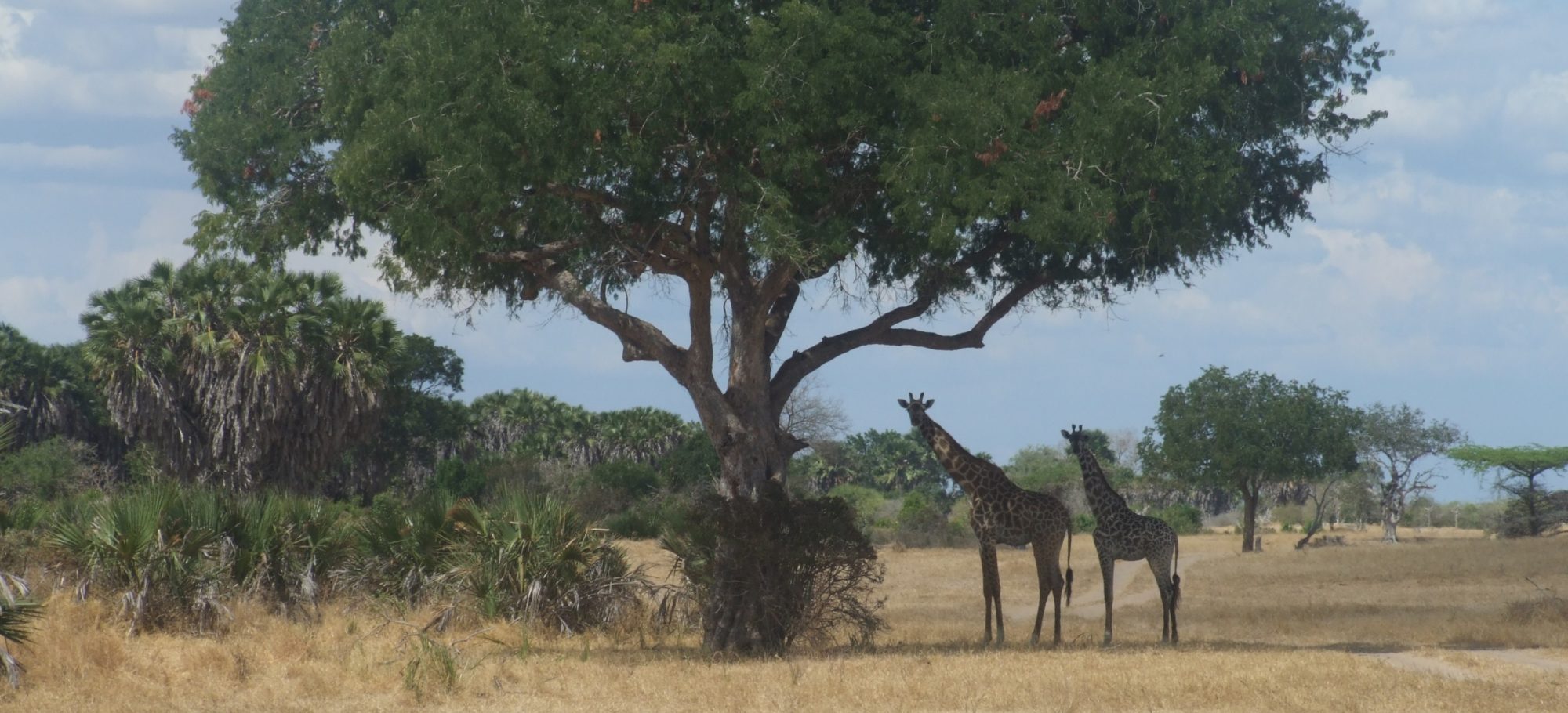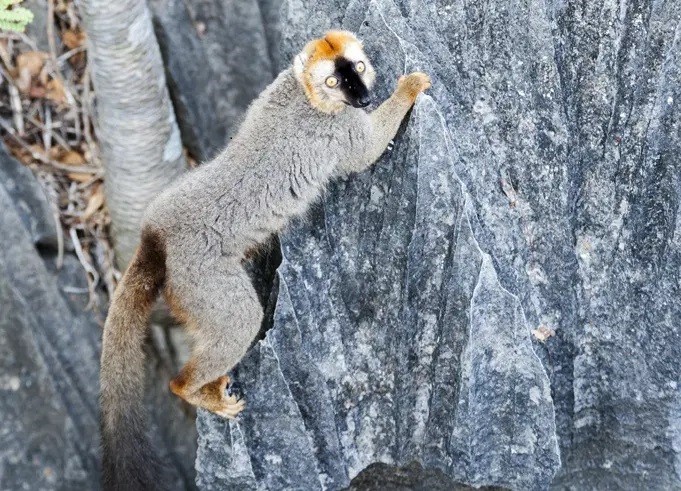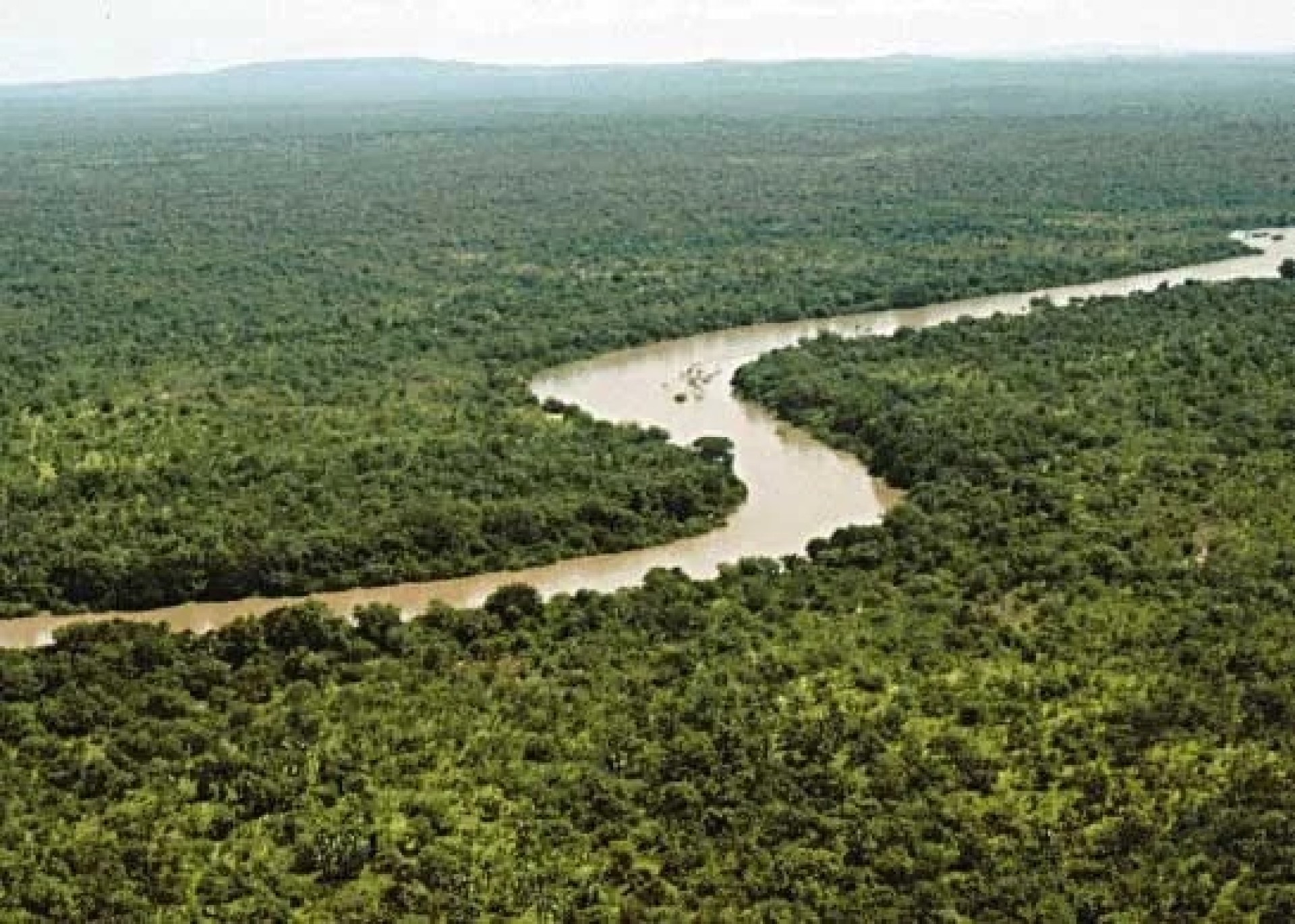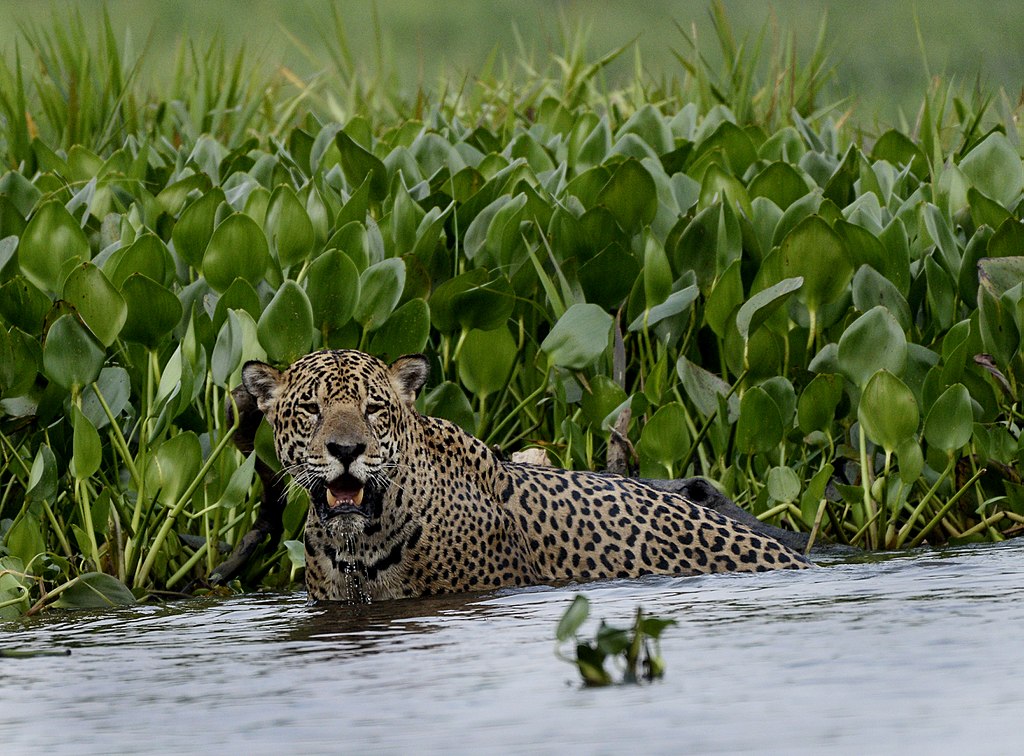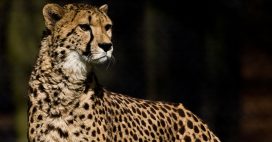Madagascar Rainforest
Madagascar contains an amazing array of fascinating wildlife. Lemurs make up much of this with 32 different species, but there is also a wide range of reptiles and birds. Over the last 2 centuries since humans settled on Madagascar 90% of the rainforest, and the rest continues to be under threat.
Tourism can help – we can show that the forest has more value standing than cut down.
